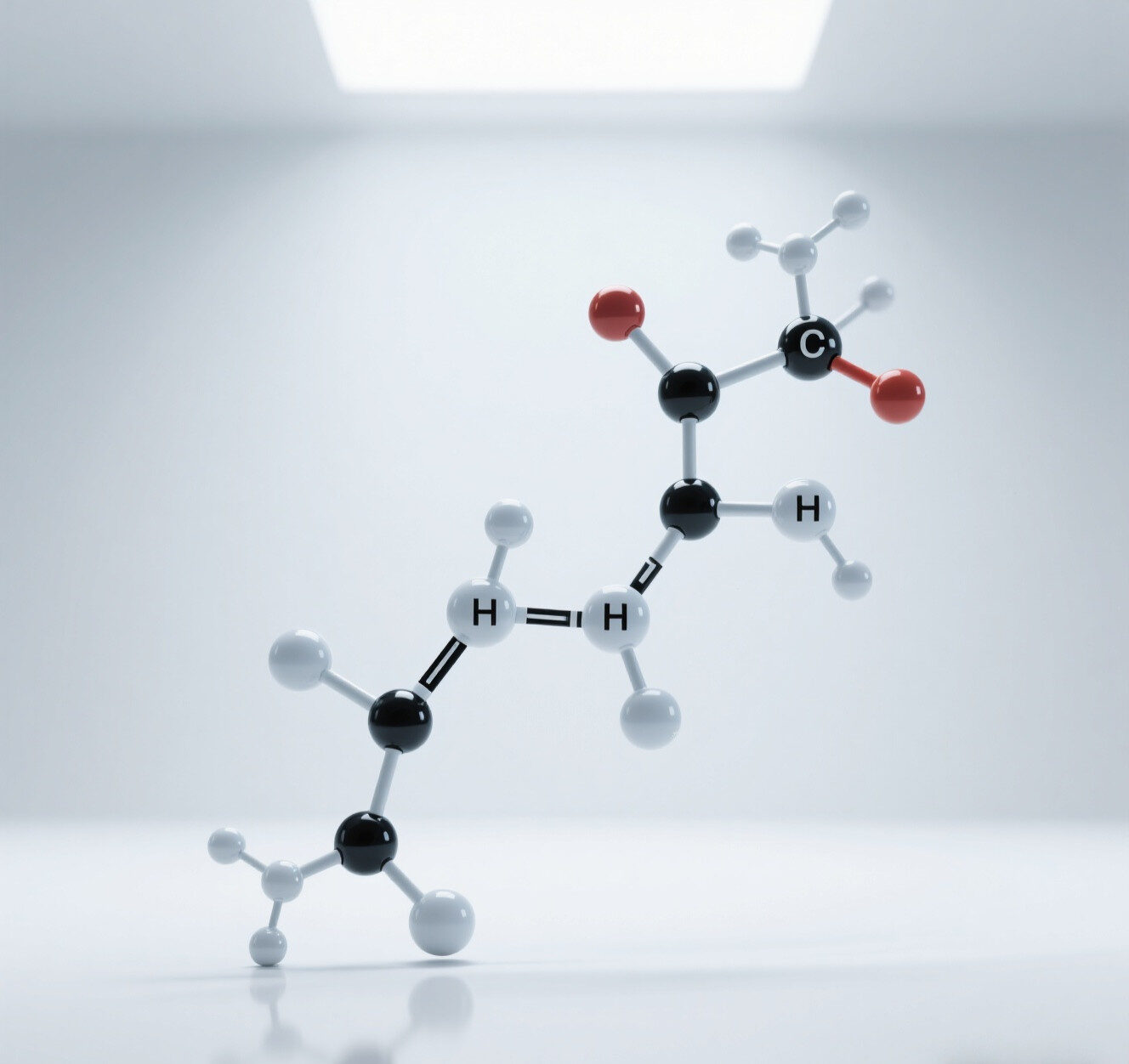The global amino acid fertilizer market was valued at USD 550 million in 2024 and is projected to reach USD 948 million by 2031, growing at a compound annual growth rate (CAGR) of 8.2%[1]. Additionally, according to Technavio, the market is expected to expand by USD 3.924 billion between 2025 and 2029, with a CAGR of 11.7%[2].
Regional Market Analysis
The Asia-Pacific (APAC) region represents one of the largest markets for amino acid fertilizers globally. In 2024, China’s amino acid fertilizer market was valued at RMB 38.572 billion (approx. USD 5.3 billion), accounting for 44% of the global market share.
1. Functional Roles of Amino Acid Fertilizers
Amino acid fertilizers serve not merely as organic nitrogen sources for plants but perform multiple physiological functions:
-
Protein synthesis: As fundamental building blocks of proteins
-
Growth regulation: Acting as precursors for phytohormones and signaling molecules
Classification by Molecular Structure:
| Type | Composition | Molecular Weight | Plant Absorption |
|---|---|---|---|
| Amino acids | Single unit | Low | Direct absorption |
| Oligopeptides | 2-10 amino acids | Moderate | Moderate absorption |
| Polypeptides | 11-50 amino acids | High | Limited absorption |
| Proteins | >50 amino acids | Very high | Not directly absorbable |
2. The 17 Key Amino Acids in Agriculture
Essential Amino Acids and Their Functions:
| Amino Acid | Primary Physiological Functions |
|---|---|
| Alanine | – Enhances chlorophyll synthesis – Regulates stomatal aperture – Provides pathogen resistance |
| Arginine | – Stimulates root development – Acts as polyamine precursor – Improves salt stress tolerance |
| Aspartic Acid | – Promotes seed germination – Supplies nitrogen during stress conditions |
| Cysteine | – Maintains cellular functions – Serves as sulfur-containing antioxidant |
| Glutamic Acid | – Reduces nitrate accumulation – Enhances leaf photosynthetic efficiency |
| Glycine | – Exhibits unique photosynthetic effects – Increases sugar content |
| Histidine | – Modulates stomatal opening – Provides carbon skeleton for hormone synthesis |
| Isoleucine/Leucine | – Improves salt stress resistance – Enhances pollen viability |
| Lysine | – Boosts chlorophyll synthesis – Enhances drought tolerance |
| Methionine | – Serves as precursor for polyamine synthesis |
| Phenylalanine | – Promotes lignin biosynthesis – Acts as anthocyanin precursor |
| Proline | – Increases osmotic stress tolerance – Enhances abiotic stress resistance and pollen vitality |
| Serine | – Participates in cell differentiation – Stimulates germination |
| Threonine | – Improves stress tolerance – Enhances pest and disease resistance |
| Tryptophan | – Precursor for auxin (IAA) synthesis – Promotes aromatic compound production |
| Tyrosine | – Increases drought resistance – Improves pollen germination |
| Valine | – Enhances seed germination rate – Improves crop flavor profiles |
Synergistic Effects Among Amino Acids
These amino acids demonstrate significant synergistic interactions, collectively contributing to:
-
Chlorophyll biosynthesis
-
Endogenous phytohormone production
-
Root system development
-
Seed germination enhancement
-
Flowering and fruit setting
-
Fruit quality improvement (flavor, color, and nutritional value)
Note: The biological efficacy may vary depending on application methods, plant species, and environmental conditions. Optimal results are achieved through balanced amino acid formulations tailored to specific crop requirements.
3. Production Methods and Sources
Comparative Analysis of Production Technologies:
| Method | Raw Materials | Advantages | Limitations |
|---|---|---|---|
| Protein hydrolysis | Animal/plant proteins | Broad amino acid spectrum | May degrade tryptophan |
| Microbial fermentation | Glucose/starch | High purity, scalable | Requires specialized strains |
| Chemical synthesis | Petrochemicals | Cost-effective for simple AAs | Racemic mixture production |
| Enzymatic synthesis | Specific substrates | Stereospecific production | High enzyme costs |
The distinct production sources inherently determine unique technological pathways, with each method exhibiting specific application ranges and technical challenges.
4. Plant-derived vs Animal-derived Amino Acids:
Plant-based Sources:
-
Primary materials: Soybean, wheat, corn
-
Characteristics:
-
Similar amino acid profile to plant requirements
-
Excellent soil conditioning properties
-
Promotes microbial activity
-
Animal-based Sources:
-
Primary materials: Fish meal, feather meal, blood meal, cowhide, animal viscera, bone
-
Characteristics:
-
Rich in sulfur-containing amino acids
-
Contains growth-promoting nucleotides
-
Enhances fruit quality parameters
-
In reality, whether plant-derived or animal-derived, their amino acid compositions differ, resulting in distinct effects on crop performance. For instance, hydrolyzed animal hides and bones contain relatively higher levels of glycine and proline; animal blood is richer in leucine and phenylalanine; while corn and wheat contain higher glutamic acid content. Therefore, if the goal is to enhance crop stress resistance, amino acids derived from animal hides and bones are preferable. To promote lignification, control shoot growth, and increase anthocyanin content, blood-based amino acids are more suitable. For promoting leaf growth, amino acids from wheat or corn show more pronounced effects.
Thus, there is no inherent superiority between plant-derived and animal-derived amino acids. We simply need to understand which amino acids are more abundant in each source material and their specific functions, then select accordingly based on actual needs.
5. Application-Specific Recommendations
Optimal Source Selection for Agricultural Objectives:
| Target Effect | Recommended Source | Key Active Components |
|---|---|---|
| Stress resistance | Animal hide/hoof hydrolysate | High proline & glycine |
| Lignification | Blood meal | Phenylalanine-rich |
| Vegetative growth | Corn/wheat hydrolysate | Glutamate-dominant |
| Fruit quality | Fish protein | Complete EAA profile |
Note: EAA = Essential Amino Acids
6. Technological Advancements
Emerging production innovations include:
-
Directed enzymatic hydrolysis for customized peptide profiles
-
Metabolic pathway engineering in fermentation strains
-
Nano-encapsulation for controlled amino acid release
-
Waste valorization approaches for sustainable production
The selection between plant and animal-derived amino acids should be based on:
-
Crop-specific nutritional requirements
-
Desired physiological effects
-
Organic certification considerations
-
Environmental sustainability goals









